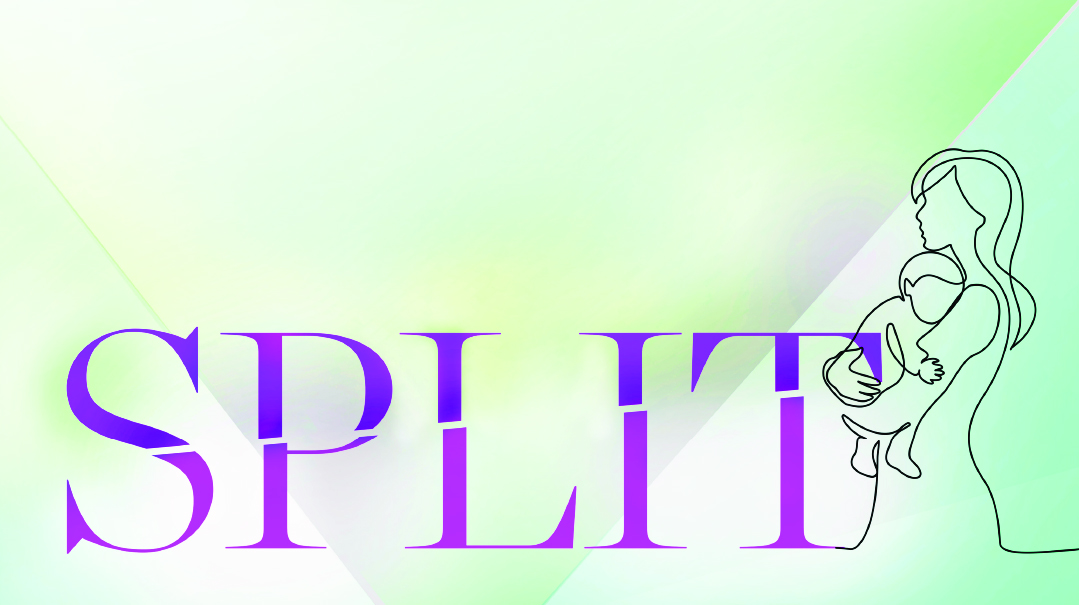Split: Chapter 6
| February 10, 2021Three years after he was born — and 13 years after we married — my husband and I were expecting again
D

uring Akiva’s first cleft surgery, the surgeons sewed the lip and muscles closed. With his lip covered in stitches and gauze, it was nearly impossible for our child to eat.
He couldn’t nurse or use a bottle — both were not only painful, but could risk splitting his incision again. Instead, we fed him via syringe. Drop by drop, we squeezed milk into his mouth. My mother-in-law was an unbelievable help, often taking over the feedings so that we could rest. She supported us and gave us chizuk as only a loving mother and bubby could.
Each meal took hours, which was hard for us as parents, but it was even harder for us to watch Akiva suffer. It wasn’t only the way he waited hours to get his full meal. For two weeks his arms were in restraints so he wouldn’t touch his face or pull at his wounds and damage the delicate work the surgeon had performed.
He was so uncomfortable, and I often found myself crying as I soothed him. “This is for you, Akiva. I promise that we’re doing this for your own good.”
Finally, the wound healed. We were able to remove both Akiva’s restraints and the gauzes on his face. Akiva’s nose was now slightly flatter, the result of the skin pulling tauter around the lip. He was quite the adorable-looking little guy, if I may say so myself.
We started speech therapy a few weeks post-surgery. At first, Akiva’s therapists focused on motor skills like closing his mouth and blowing to strengthen his oral-facial muscles. Akiva had less need for therapy than children whose cleft involves the palate — those kids typically need more extensive speech therapy as they grow older to work on methods of making the voice sound less nasal.
B’ezras Hashem, Akiva progressed as any child would. By the time he reached three years old, he was a heavenly, albeit rambunctious, toddler.
Oops! We could not locate your form.


